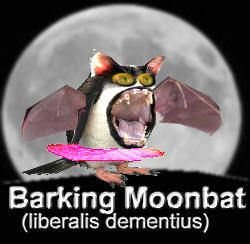auditor0007
Gold Member
Deadly Bat Disorder Spreads in NortheastBy MICHAEL HILL, AP
posted: 29 MINUTES AGOcomments: 5filed under: Animal News, National News, Science NewsPrintShareText SizeAAAROSENDALE, N.Y. (Feb. 4) - A mysterious and deadly bat disorder discovered just two winters ago in a few New York caves has now spread to at least six northeastern states, and scientists are scrambling to find solutions before it spreads across the country.
White-nose syndrome poses no health threat to people, but some scientists say that if bat populations diminish too much, the insects and crop pests they eat could flourish. Researchers recently identified the fungus that creates the syndrome's distinctive white smudges on the noses and wings of hibernating bats, but they don't yet know how to stop the disorder from killing off caves full of the ecologically important animals.
Deadly Bat Disorder Spreads in Northeast
posted: 29 MINUTES AGOcomments: 5filed under: Animal News, National News, Science NewsPrintShareText SizeAAAROSENDALE, N.Y. (Feb. 4) - A mysterious and deadly bat disorder discovered just two winters ago in a few New York caves has now spread to at least six northeastern states, and scientists are scrambling to find solutions before it spreads across the country.
White-nose syndrome poses no health threat to people, but some scientists say that if bat populations diminish too much, the insects and crop pests they eat could flourish. Researchers recently identified the fungus that creates the syndrome's distinctive white smudges on the noses and wings of hibernating bats, but they don't yet know how to stop the disorder from killing off caves full of the ecologically important animals.
Deadly Bat Disorder Spreads in Northeast



